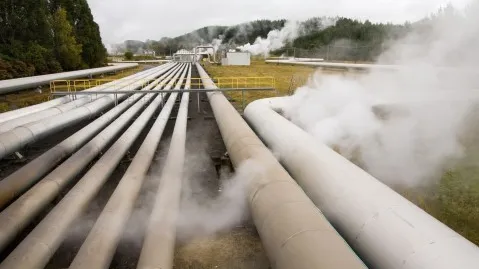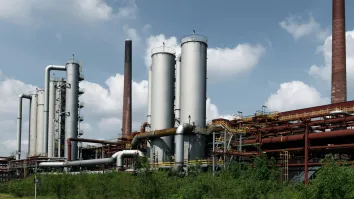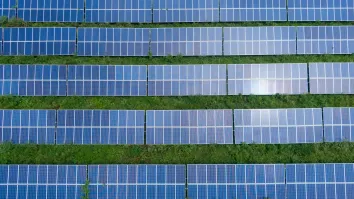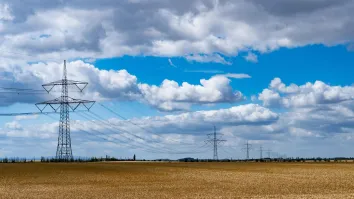
Southeast Asia sees rapid LNG regasification capacity growth
The region relies on LNG for energy security and transition.
The liquified natural gas (LNG) regasification capacity of Southeast Asia will experience fast growth on the back of new countries that began importing LNG for the first time, according to a report by BMI.
The region's total regasification capacity reached 49 million tonnes per annum (mtpa) in 2022 and saw three new regasification terminals starting operations in 2023 at 6.2 mtpa.
These include the Philippines floating storage and regasification unit LNG regasification terminal in 2023 and Vietnam’s PetroVietnam Gas that began the onshore Thi Vai LNG receiving and storage terminal. Zhejiang Huaxiang’s small-scale 0.2 mtpa LNG receiving terminal in Indonesia.
ALSO READ: Malampaya gas field contract extension boosts Philippines’ domestic LNG production
“We expect total LNG regasification capacity in Southeast Asia will increase up to 57.2mtpa by the end of 2023, with all capacity additions coming from the Philippines,” BMI said.
“A key driver behind the capacity growth has been linked to the growing number of LNG-to-power projects. Liberalisation of natural gas markets allowing third-party players is another factor contributing to a surge in LNG imports,” it added.
Investments in the region’s LNG regasification and storage terminals are expected to rise significantly by the end of the decade as Asia turns to LNG to ensure their long-term energy security needs and support energy transition.
The Philippines has the largest number of LNG terminals under construction this year with around 8.3 mtpa import capacity, with its imports could potentially increase up to 22 mtpa if all seven terminals are completed. Vietnam has also given the green light to seven LNG import terminal projects under its long-term Gas Master Plan.



















 Advertise
Advertise






